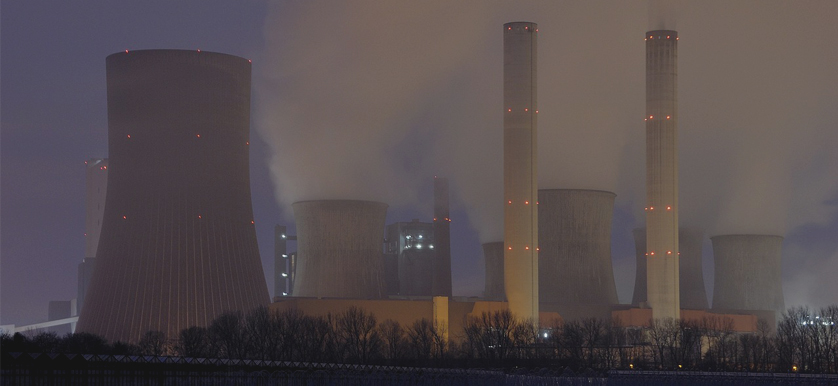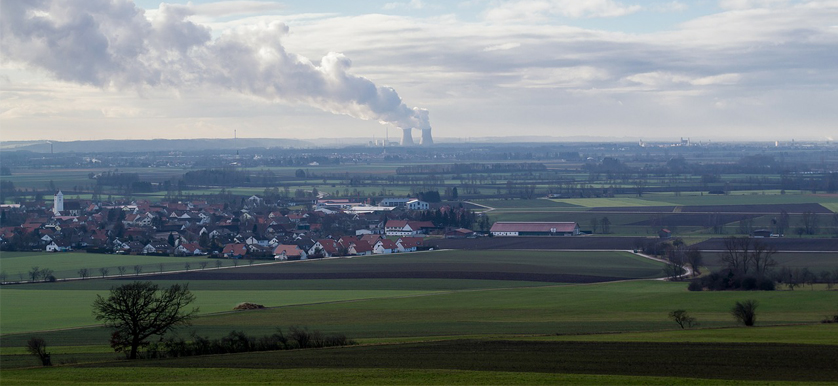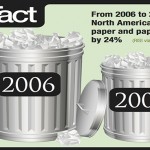The ultimate energy boost: KPIs used in the nuclear industry
The nuclear industry is one of the most sensitive and demanding fields, where besides technological advancements, a high focus is also placed on safety and reliability. Therefore, monitoring performance in this area can prove to be a requirement, more than a choice.
According to the US Nuclear Energy Institute, the US nuclear power plants have been monitoring a certain number of Key Performance Indicators (KPIs) for more than 10 years, with consistent results. These KPIs are anchored in the frameworks used by the World Association of Nuclear Operators (WANO) and the Institute of Nuclear Power Operators (INPO), which monitor the annual performance of the US nuclear industry.
The WANO KPIs used by the US nuclear industry include:
- % Unit capability factor (UCF) – measures the percentage of energy generation that a plant is capable of supplying to the electrical grid. The 2015 target was 92% and the result for 2014 reached 91.7, with an increasing trend from 2013 (91.0);
- % Forced loss rate (FLR) – measures the percentage of energy generation during non-outage periods that a plant is not capable of supplying to the electrical grid because of unplanned energy losses, such as unplanned shutdown or load reductions. The target for 2015 was set at 1.0, and the 2014 result was 1.3, in a steady decrease from the 2013 result, which was at 1.7.
- % Safety system performance – measures the availability of three standby safety systems used to respond to unusual situations at each plant;
- # Collective radiation exposure – BWR and # Collective radiation exposure – PWR – measure the effectiveness of the practices that reduce radiation exposure at boiling water reactors (BWRs) and at pressurized water reactors (PWRs). 2015 targets were surpassed in both cases.
The INPO KPIs used are:
- # Chemistry Effectiveness Indicator – BWR and # Chemistry Effectiveness Indicator – PWR – measure the overall chemistry performance, related to long-term material degradation. The industry achieved in 2014 great levels of performance for both boiling water and pressurized water reactors. The 2015 goal is attained for both reactor types;
- % Fuel performance – measures the percentage of units with no failures in the metal barrier surrounding fuel. 95% of U.S. facilities achieved zero fuel failures in 2014, this being the highest level ever recorded. The objective for 2015 is to operate all units without fuel failures.
- # Total Industrial Safety Accident Rate – measures the number of industrial accidents per 200,000 worker hours, that result in lost work time, restricted work, or fatalities. The nuclear industry proved once again, in 2014, that it is one of the safest working places in the US, with a level accident rate of 0.02, which also represents the lowest level achieved since this KPIs is being monitored.
Moreover, this is below the 2015 goal of 0.1 accidents per 200,000 worker-hours, and data from the U.S. Bureau of Labor Statistics shows that, nowadays, it is safer to work at a nuclear power plant than in other sectors, including manufacturing, financial services, leisure, and hospitality.
This may seem a little bit surprising, as intuitively, the nuclear industry is more dangerous and inclined to work incidents and even fatalities than other industries. This is another example of the difference between perception and reality, just like in the case of low-cost airlines which, again, are intuitively seen as less performing than the network carriers. However, results show that the flights arrive on time and luggage is not lost as often as perceived.
This is why using KPIs and monitoring performance is important. KPIs communicate performance results, they support the organizations in focusing on what matters and in identifying areas that need improvement. The nuclear industry is not the only sector where using KPIs has proved to be efficient. Wherever used, KPIs are helpful, not only in the organizational context but even in the personal life!
Images:

Tags: Energy performance, KPI, Performance in USA







